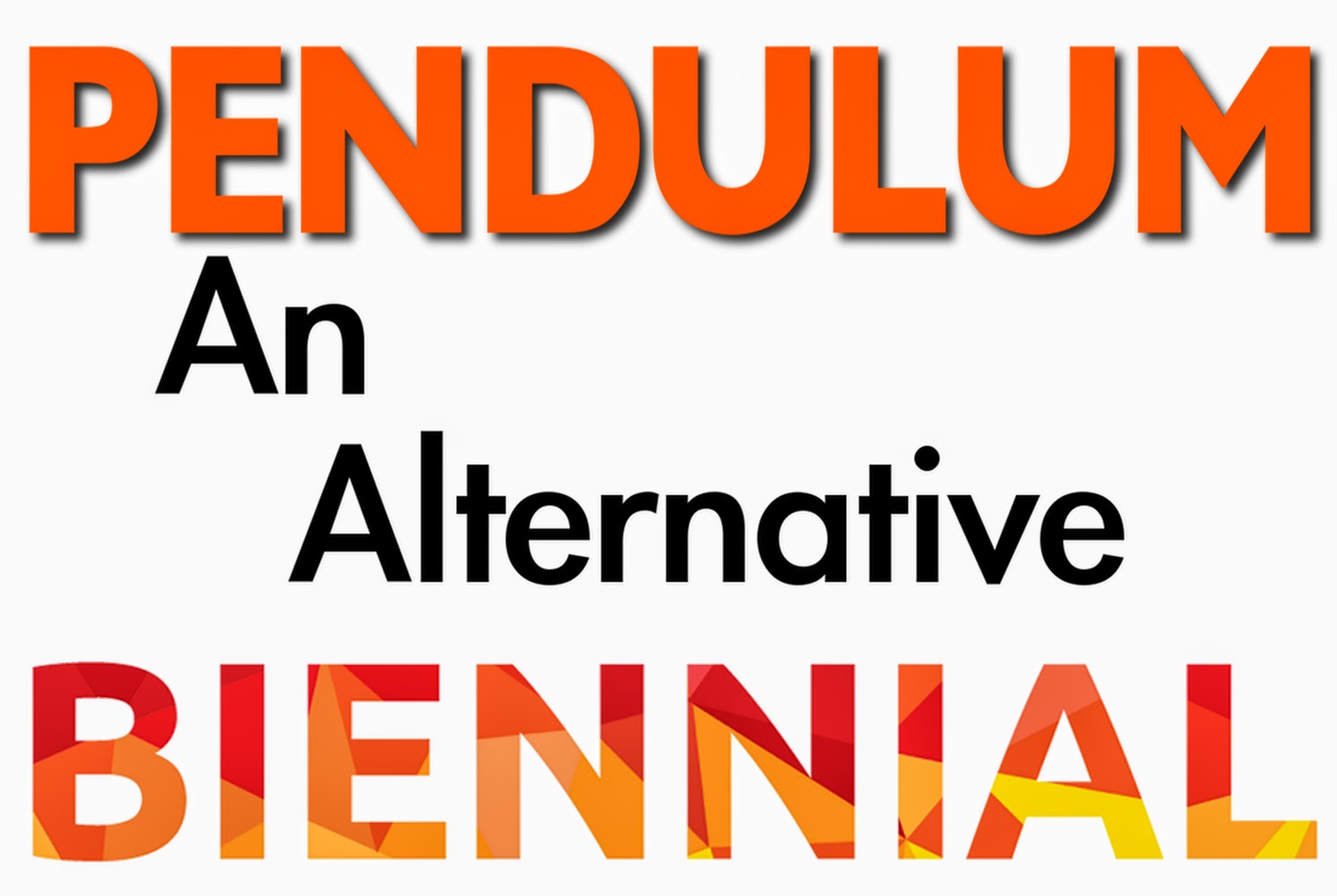
Khepera Oluyia Hatsheptwa, is a Jamaican artist, who has been active in the arts for several years since graduating from Edna Manley College a few years ago. She has exhibited in high profile shows such as Curator's Eye 2 and Under 40 Artist of the Year. She also has co-ordinated the Multicare Foundations, Summer on the Waterfront summer school for several years. She teaches art in the secondary school sytstem and recently gained a place by nomination on the prestigious International Visitors Leadership Programme as an ambassador for Jamaica. Khepera is an example of an artist who has managed to stay active in the fine arts, maintaining high standards in her work, while contributing to art education full-time. Khepera affectionately received the name 'Miss Jamaica' from fellow participants in the programme for the professional approach she brought to the experience. She answered some questions I had for her below.
Here is a bit about the programme.
It is called the International Visitors Leadership
Programme It is funded by the United States Department Bureau of
Educational and Cultural Affairs.
The theme of the Programme is “Promoting Tolerance
Through the Arts.
It was arranged by Meridian International Center
There were 20 participants from 19 countries.
The name of the Countries are Bahrain (middle east),
Bangladesh, Bhutan, Cameroon, Cote d’Ivoire (African Country Ivory Coast), Cezech
Rep, India, Israel, Jamaica,Montenegro, Nepal,
Nigeria, Oman (middle east), Pakistan, Serbia, Sierra
Leone, Singapore, Turkey – this participant made it clear that he is Kurdish.
We went to six states: Washington DC, Philadelphia -
Pennsylvania,Austin - Texas, Seattle - Washington,Cincinnati - Ohio,
Louisville -
Kentucky, New York –New York.
How did you come to receive the offer to work in
Washington? I was nominated. It is a V.I.P programme and the local
embassy asked for nominations. Then those nominees have
to fill out an application and write an essay stating
how they will use the experience to help Jamaica. Then
one person from the list of nominees is selected.

How long were you there for?
I was there for three weeks 16th Oct – the 9 Nov. We
stayed in a state any where from 6 nights to 2 nights.
There was a group split and half of the group went to
Austin and the other half went to Seattle. Actually,
there were to be three groups initially but because of the fire
in San Diego that group of which I was a member, had to
be spilt in two and sent to Austin and Seattle. Hence
the two groups and not three.
What project did you work on while there?
They had organized a very tight schedule for us. This was aimed at
first understanding the government system as it
relates to the arts, tours of each city and meeting
with people from organizations that related to the
participants professional interests. So there was
hardly any time or place for painting.
However three of us, Dian (Cyprus) Lala (Bangladesh)
and myself came up with an idea to have everybody in
the group, all 20 of us, create two pieces of artwork on paper for
the people at Meridian to show our appreciation. On
the last day in New York at the end of the evaluation the
three of us presented it to the Programme Officers
from Meridian: Ms. Susan Lockwood, Ms. Meg Clifford,
Ms. Theresa Daily. They were very happy to recieve it.
How was the experience different from working in
Jamaica as an artist?
I was not working in the sense of painting. However I
can comment on how different it is in general. It was
quite different from Jamaica. The galleries, as expected
are really huge they are very secure and have mini-
cinemas with very helpful documentaries about the
artists and other issues relating to the exhibit. The service in the states we visited was impeccable. Hotel staff were always helpful and our our supervisors – went with us to all six states were very helpful. They also assisted us to see sites to see that were not on the schedule, whenever it was possible. It was truly a V.I.P tour!
How was your work received?
I did not take real pieces, but had taken a small
portfolio,images and newspaper clippings of my
work. I showed this in addition to
my web site and they were well received by the group
members and the Programme Officers.
What contacts were you able to make while in
Washington?
I have made many contacts in all the six states. But
most of these contacts related more to my teaching job
here in Jamaica. You see, I was an ambassador for not only
arts but education and really the education more so
than the arts.
However I did make some art contacts as well in fact
two other group members are artists, Karma from Bhutan
and Stanley from Nigeria. I believe though that the
art contacts that I made in New York might be quite
promising.
How has the experience affected your work and energy
as an artist?
Well since I have been back I have not been painting –
lots of work to do at my teaching job as well as
some clearing up to do in my studio as I left shortly after
the opening of my first solo exhibition at the
Mutual Gallery. I can not
say yet how the trip will contribute to the physical
manifestation of my work. Before I left I was
preoccupied with having my audience interact more with
my work. To get rid of the taboo of not being able to
experience the work through touch. Experiences I have
had on the trip have triggered in my mind new ways to
make this possible. So I can hardly wait to see what
will happen in my studio. There will be a break from teaching job soon
and I am looking forward to that with great
anticipation – to get some artwork done.
























































